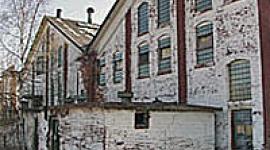Working Landscapes: Agate Bay
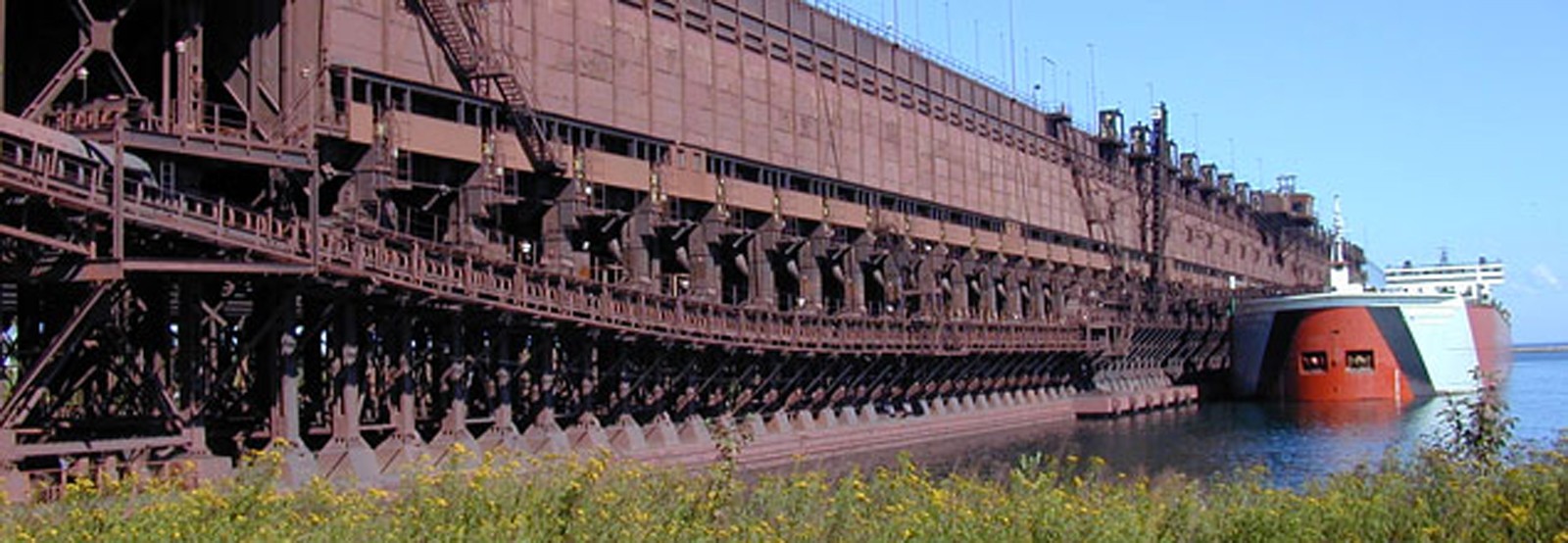
A rocky shoreline and steep cliffs characterize the north shore of Lake Superior. Agate and Burlington Bays, which gave the city of Two Harbors its name, were a rare refuge for sailors.
The remote area was transformed from wilderness into a bustling port when it became the terminus of the Duluth and Iron Range Railway (D&IR) in 1884. Built to haul ore from northern Minnesota mines to the Lake Superior harbor for shipment to Eastern mills, the railroad needed massive ore docks, expansive rail yards, all-purpose maintenance shops and a host of ancillary facilities to function. Lumber, produced from local forests, and virtually all supplies to build and support the town and railroad had to be brought by boat.
History
The facilities for trans-shipping ore were, and are, the most impressive structures fronting the harbor. The docks have been designed and modified in response to the evolution of ship and rail technology, as well as innovations in ore handling. The dock that received the railroad's first shipment of ore in the 1880s was a 550 foot long by 46 foot high timber-crib structure that could hold 3,000 tons of ore. The oldest surviving dock, Dock #6, is 962 feet long and could hold 43,246 tons of ore. Dating from 1907-08, it was the first dock of its type in the United States to be built of concrete and steel, and served as a showcase for the primary product of United States Steel, which owned the D&IR at that time. Dock #1 (1,368 ft) and Dock #2 (1,432 ft) also built of concrete and steel, were erected in 1912 and 1916, respectively.

Dock #2 was overhauled in the late 1970s to facilitate taconite loading. Taconite, a low-density iron ore, appeared to be the salvation of the harbor in the mid-20th century. The small particles of ore in taconite were extracted from waste rock and consolidated into pellets in massive processing plants. Part of the Two Harbors railyards was reconfigured as a storage facility for the pellets, a modification necessary to continue the area's industrial heritage. Two Harbors was once again competitive with the port of Deluth, its downshore rival.
Both companies were acquired by United States Steel in 1901 and later placed under a single holding company in 1938. When maintenance operations were merged in 1962, the brick roundhouse and shops were closed. Efforts at reuse studies and rehabilitation of these buildings were unsuccessful, and demolition is expected.
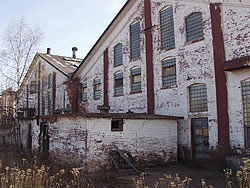 The importance of Agate Bay 's industrial heritage is of national significance. In her book, Lake Superior, historian Grace Lee Nute observed: "The cheap and plentiful iron ore mined [near Lake Superior] since 1885 has made possible the network of railroads, the concentrations of mass-production machinery, the skyscrapers - in short, the steel that forms the frame and foundation of the modern industrial United States"
The importance of Agate Bay 's industrial heritage is of national significance. In her book, Lake Superior, historian Grace Lee Nute observed: "The cheap and plentiful iron ore mined [near Lake Superior] since 1885 has made possible the network of railroads, the concentrations of mass-production machinery, the skyscrapers - in short, the steel that forms the frame and foundation of the modern industrial United States"
The D&IR was responsible for creating Two Harbors; at the turn of the 20th century, the D&IR, the docks, and associated facilities supported 95% of the village of Two Harbors' workforce. The buildings, docks, tracks, and ruins that edge the harbor today are physical evidence of this important legacy.
Threat
Years of decline in the iron ore and taconite industries have been responsible for the deterioration and demolition of many of the structures. The DNR, in consultation with the Minnesota State Historic Preservation Office, has planned to develop a marina at the former coal yard site, which could affect the historic harbor.
The gravest threat to the site has come from a developer who owns substantial acreage and proposes to construct two three-story condominium buildings on Lighthouse Point. The lighthouse and keepers house, listed on the National Register of Historic Places, has been acquired by the Lake County Historical Society, and now operates as a bed and breakfast. In addition, the developer has purchased ninety-four acres adjacent to Pork City Hill, which overlooks the railyards and includes 4,900 feet of Lake Superior shoreline just west of Agate Bay. The developer is currently negotiating to purchase an adjacent parcel holding a community center; a bayfront park where the 1986 National Register-listed tugboat, the Edna G. is moored; the site of the marina proposed by the city of Two Harbors and the DNR; and the parking lots for the National Register-listed D&IR Railroad Depot, which holds a museum operated by the Lake County Historical Society.
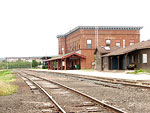
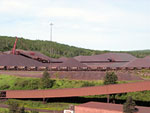
How to Help
At this point, the developer's plans are uncertain. Although change is inevitable, raising public awareness of the historical significance of the bay-front property might help to shape the development to reflect and respect the area's unique industrial heritage. Local opposition to the condominium development on Lighthouse Point is strong. A group of residents has formed 'Operation Lighthouse Shield' and is asking for an Environmental Assessment Worksheet for the land.
Learn More:
Roger Brooks
1671 Pinehurst Avenue
Saint Paul, MN 55116
tel. 651.690.2648
brook024@tc.umn.edu




